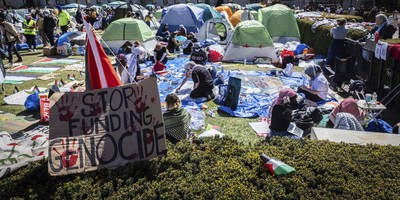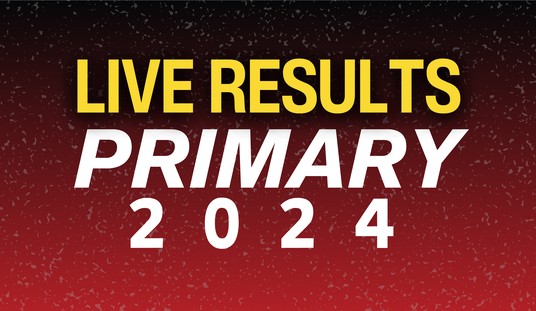Answers come from comparing the Census Bureau's just-released estimates of metropolitan area populations in July 2012 with the results of the Census conducted in 2010.
The focus here is on the 51 metro areas with populations of more than 1 million where 55 percent of Americans live, most of them of course not in central cities but in suburbs and exurbs.
Two growth champs stick out -- Austin and Raleigh. A half-century ago, neither of them amounted to much.
The counties now in metro Austin had 300,000 people in 1960. Those in metro Raleigh had 260,000. Now metro Austin is 1,834,000, and metro Raleigh is 1,188,000.
Austin's population grew by 6.9 percent and Raleigh's by 5.1 in 2010-12. That's huge growth in just two years.
Both are high-tech centers with major universities. They had the biggest rate of domestic in-migration of any million-plus metro areas in 2010-2012.
They both have reputations as cool cities. More important, they both have creative and vibrant private sector economies, fostered by relatively low tax rates and sensible regulation.
Raleigh's taxes and cost of living compare favorably with those in most states in the Northeast. Austin is attracting a lot of people from California, where the top income tax rate is now 13.3 percent. Texas's income tax rate is zero.
Next on the growth list are Texas's three other million-plus metros, Dallas, Houston and San Antonio, which grew by 4.3 percent in 2010-12.
Their populations increased by 622,000 people. That's 12 percent of the entire nation's population gain during that period.
It's more than metro New York, Philadelphia, Boston, Baltimore, Hartford and Providence combined. Texas is making a huge contribution to the nation's demographic and economic growth.
Recommended
Not far behind are Orlando, Fla., with its tourism industry; Denver in healthy Colorado (the nation's lowest obesity rates); Metro Washington, D.C., which has the advantage of federal tax dollars pouring in; Metro Miami, where growth is greatest in farther-north Broward and Palm Beach counties; Charlotte, N.C., the nation's No. 2 banking center; Oklahoma City (natural gas); Phoenix, Ariz. (though immigration is way down); Nashville, Tenn. (health care and music); Salt Lake City (high birth rates); Seattle (high-tech, despite the rain); and Atlanta.
Lagging somewhat is California. The combined Los Angeles-Riverside metro area is growing just slightly above the national average. More people have been migrating from California to other states than moving in from other states since 1990, and immigration there is sharply down.
And despite wonderful weather, domestic in-migration is negligible in the San Francisco Bay area and metro San Diego.
Although most of this growth is driven by the private sector, one disquieting thing is how many of these cities are state capitals. It looks like government is generating growth, while the private sector in most places languishes.
On the other end of the growth list, metro Cleveland, Detroit and Buffalo, N.Y., are continuing to lose population, as their central cities empty out and inner suburbs age.
There is very slow growth in what were booming interior cities in the 19th century -- Rochester, N.Y., Pittsburgh, Cincinnati and St. Louis.
None of the metro areas in the Amtrak corridor from Washington to Boston is growing as fast as the nation, and some -- Providence, R.I., and Hartford, Conn. -- are barely growing at all.
But 2010-12 population growth exceeded the national average in some Midwestern metros -- Columbus, Ohio, Indianapolis, Minneapolis and Grand Rapids, Mich. (which just made it over the 1 million mark).
Of course, it's still possible to live a comfortable and productive life in a city that is not growing.
Many point to Pittsburgh, the only million-plus metro area with more births than deaths, as an example. Its "meds and eds" economy -- health care and higher education -- is stable, and the air is a lot cleaner than when the steel mills were belching smoke.
But a great nation needs growth to give people opportunity to move upward and to allow the downwardly mobile to live as comfortably as they did growing up. Population trends give us clues as to what works and what doesn't.
Not every metro area can be a high-tech center like Austin or Raleigh. But the continuing rapid growth of Dallas, Houston and San Antonio, unendowed with great natural beauty and scorched during five-month summers, suggest that others should take the Texas example seriously.

























Join the conversation as a VIP Member